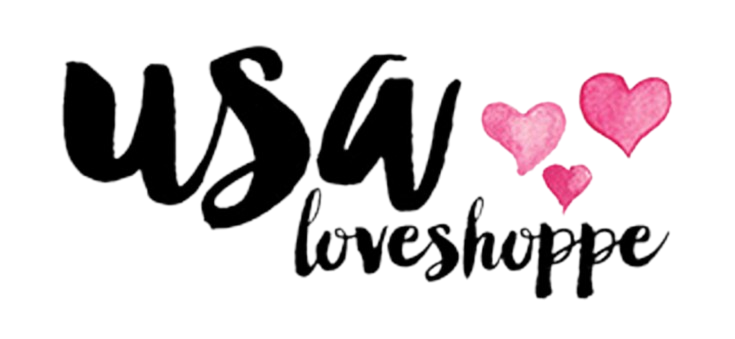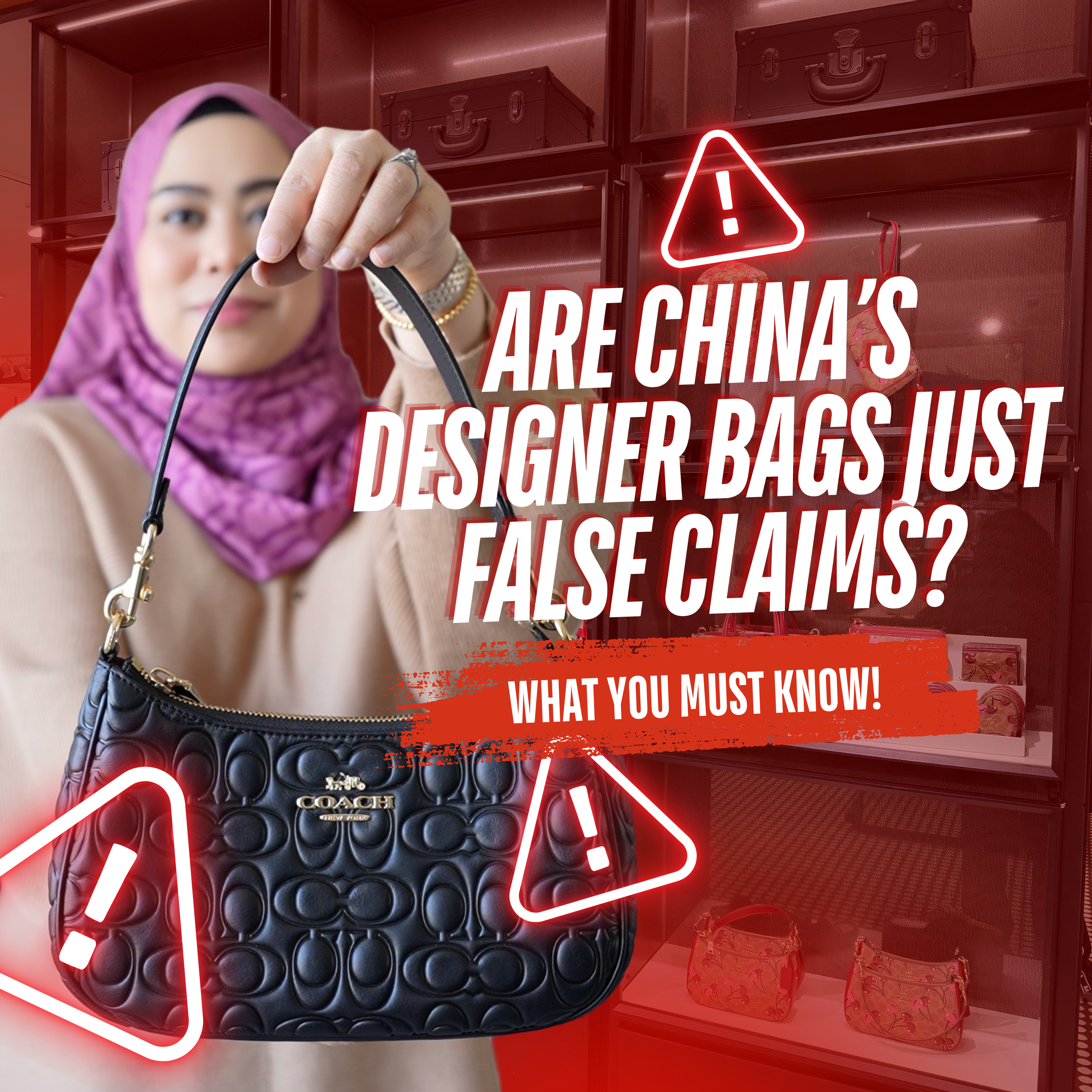Article: What Will Happen to Luxury Handbags After the New U.S. Tariffs on China?
What Will Happen to Luxury Handbags After the New U.S. Tariffs on China?

In April 2025, the U.S. luxury handbag market is expected to face significant changes due to new tariffs imposed by the Trump administration. These tariffs are set to reshape pricing, consumer behavior, and brand strategies across the industry.
The Tariff Landscape: What's Changing?
On April 2, 2025, President Trump announced a 10% universal import tariff on all goods entering the U.S., effective April 5. Additionally, specific countries face higher tariffs: the European Union at 20%, the United Kingdom at 10%, and Switzerland at 31%. These measures aim to address trade imbalances and encourage reciprocal trade practices. Given that approximately 70% of luxury handbags are produced in the European Union (EU), these tariffs directly impact brands such as Hermès, Louis Vuitton, and Chanel.
Price Hikes: The Immediate Impact
Luxury brands are responding by adjusting their pricing structures in the U.S. Hermès, for instance, announced a price increase effective May 1, 2025, across all U.S. product lines, including its iconic Birkin and Kelly bags. This move is intended to offset the 10% import tariff. For consumers, this translates to significant price increases. A handbag previously priced at $20,000 may now cost an additional $2,000, while items priced at $100,000 could see an increase of $10,000.
Consumer Behavior: Shifts and Adaptations
These price adjustments are influencing consumer behavior in several ways:
-
Resale Market Growth: As new luxury items become more expensive, consumers may turn to the secondhand market for more affordable options. P
-
Increased Interest in Alternatives: Some consumers are exploring alternative products, including those from emerging brands or even counterfeit markets, especially as social media platforms like TikTok highlight these options.
-
Brand Loyalty Challenges: The combination of higher prices and questions about product authenticity and value is testing consumer loyalty to established luxury brands.
Brand Strategies: Navigating the New Terrain
Luxury brands are employing various strategies to mitigate the impact of tariffs:
-
Supply Chain Adjustments: Companies are exploring options like bonded warehouses and foreign trade zones to delay or reduce tariff costs.
-
Production Diversification: Some brands are considering shifting parts of their production to countries not affected by the highest tariffs, such as the U.S., Canada, or Mexico.
-
Enhanced Transparency: In response to consumer concerns, brands are emphasizing their commitment to craftsmanship and quality, aiming to justify higher prices and maintain brand value.
The Road Ahead: Uncertainties and Opportunities
The luxury handbag market in the U.S. is at a crossroads. While tariffs present challenges, they also offer opportunities for brands to innovate and strengthen their relationships with consumers. By adapting to the new economic landscape and addressing consumer concerns head-on, luxury brands can navigate this period of uncertainty and emerge resilient.


